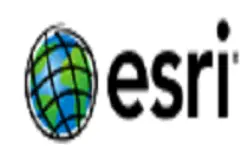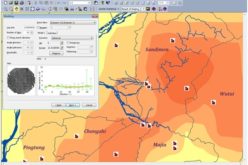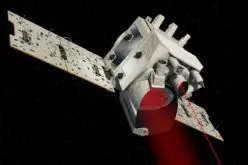In The Footprints of Albert Einstein – Successful Launch of LISA Pathfinder

The science and technology demonstrator LISA Pathfinder lifted off from Europe’s Spaceport in Kourou, French Guiana on board a Vega rocket at 05:04 CET on 3 December 2015. Preparations for this European Space Agency (ESA) mission, which places unprecedented requirements on both payload and spacecraft, have lasted more than 10 years. The German Aerospace Center (Deutsches Zentrum für Luft- und Raumfahrt; DLR) Space Administration is financing the German contribution to LISA Pathfinder with funds provided by the German Federal Ministry for Economic Affairs and Energy and the Max Planck Society.
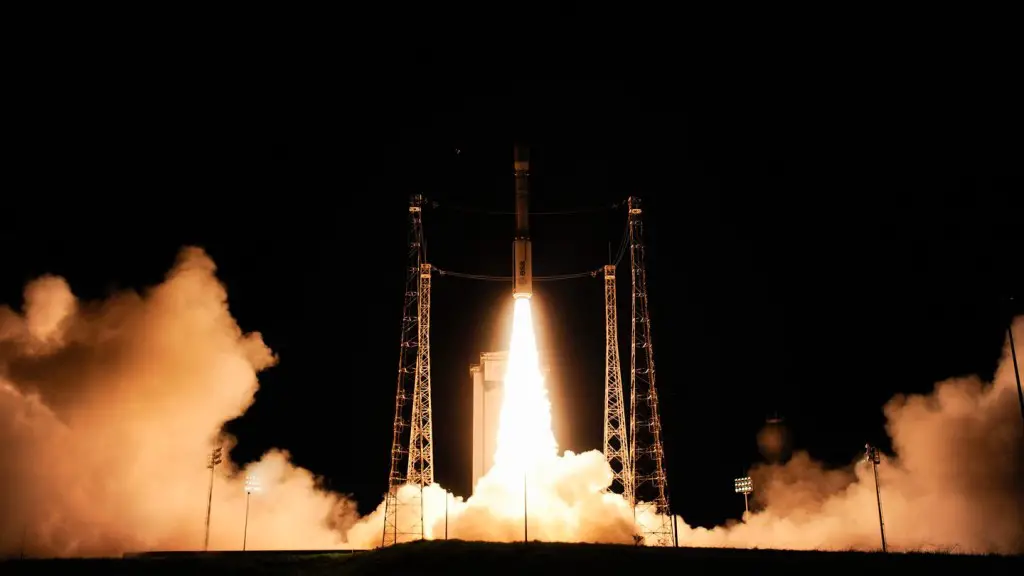
Launch of LISA Pathfinder on Board a Vega Rocket
Paving the way for the gravitational wave observatory eLISA.
“LISA Pathfinder will test in space important technologies needed for eLISA (evolved Laser Interferometer Space Antenna), the gravitational wave observatory planned by ESA. Its functionality and performance cannot be tested on Earth, or only to a certain extent,” explains Hans-Georg Grothues, LISA Pathfinder Project Manager at DLR. From 2034 onwards, eLISA will ‘observe’ gravitational waves, seeking to track down the most high-energy and violent astrophysical events unfolding in the Universe.
The German physicist Albert Einstein first predicted the existence of gravitational waves in 1916 on the basis of his theory of general relativity, which was published almost exactly 100 years ago, on 25 November 1915. In eLISA, three spacecraft, separated from one another by distances of one million kilometres, will form a high precision interferometer that senses gravitational waves.
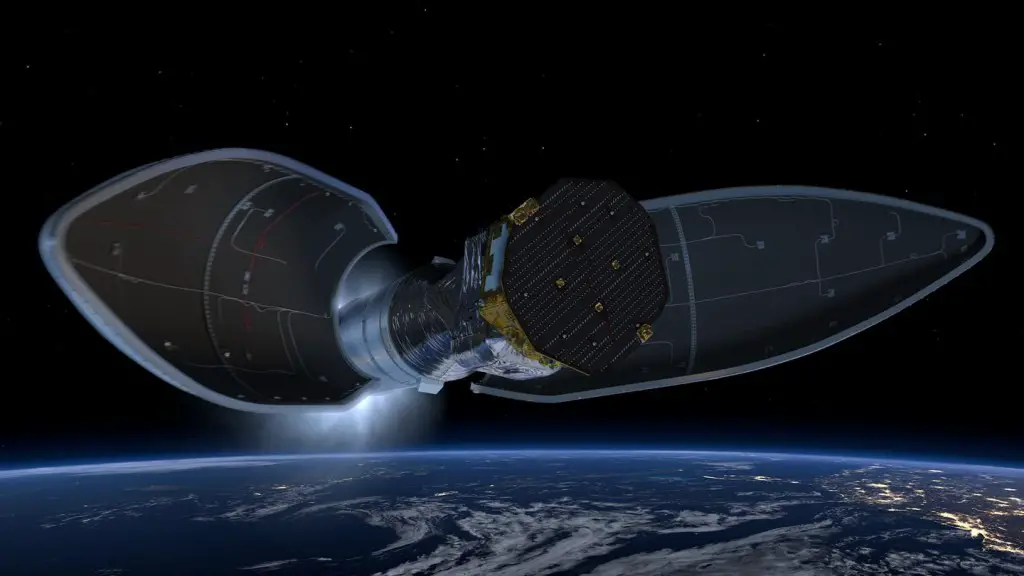
LISA Pathfinder launch – fairing jettison
Technology tests 1.5 million kilometres from Earth
The actual mission will begin when LISA Pathfinder arrives at its destination, the first Lagrange point of the Sun-Earth system (L1), after an approximately two-month-long journey. The gravitational pull exerted by the Sun and the Earth is more or less equal at L1 and is disrupted only slightly by the Moon and the other planets. This point is located approximately 1.5 million kilometres from Earth in the direction of the Sun. The relative forces and temperatures prevailing here are practically constant and disturbances are as low as possible, which provides ideal conditions for the technology demonstration.
Two cube-shaped gold / platinum alloy test masses, with a side length of 46 millimetres and a mass of 1.96 kilograms, will be set in free fall inside the science module – the LISA Technology Package (LTP) – and will then float inside the spacecraft almost entirely free of influences from the outside and from the spacecraft itself. An ultra-precise attitude and orbit controller with special micro-newton propulsion systems will be used to balance out any remaining influences on these two test masses. The positions and attitudes of the two test masses will be measured using a laser interferometer and two inertial sensors with a precision better than 10 picometres – less than one 10 millionth the diameter of a human hair.
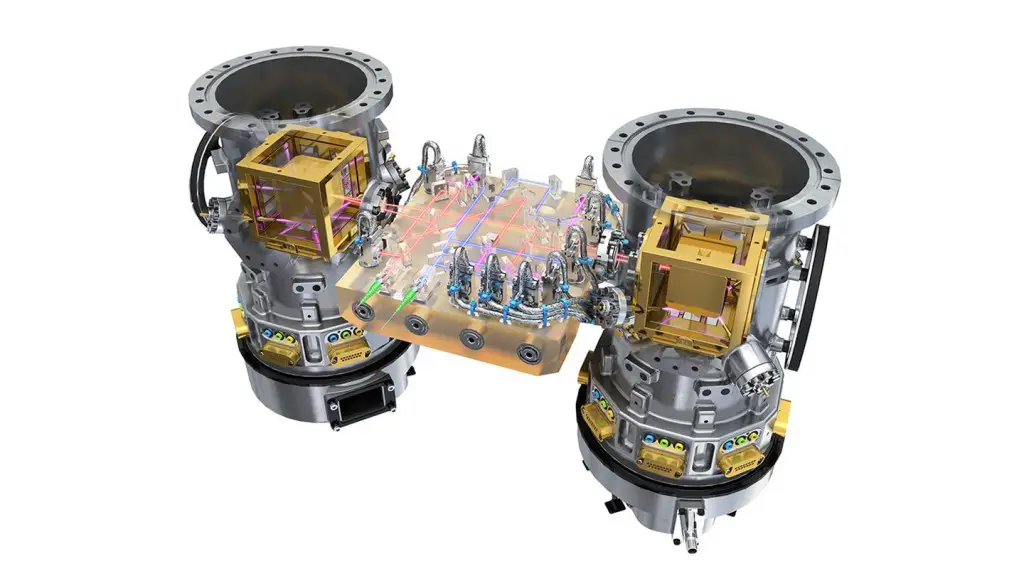
The LISA technology package
eLISA – simulations in an extremely confined space
LISA Pathfinder will be asked to demonstrate that the inertial sensors, the laser interferometer and the attitude and orbit control system can be operated as planned. Here, the two free-falling cube-shaped test masses will serve as the reference end-mirrors for the laser beams that will be fitted to eLISA. In eLISA, the mirrors will be arranged in three spacecraft located roughly one million kilometres from each other, but the test masses in LISA Pathfinder will be no more than around 40 centimetres apart. In addition to the LTP, LISA Pathfinder will carry a second payload on board – the Disturbance Reduction System (DRS) provided by NASA’s Jet Propulsion Laboratory (JPL). Its purpose is to demonstrate that the test masses, acting as mirrors ‘suspended’ and almost entirely free of disturbance within a laser interferometer, can be operated as part of a future gravitational wave observatory.
The LISA Pathfinder team
In addition to ESA, research institutions and industrial firms from Italy, Germany, the United Kingdom, Spain, Switzerland, France, and the Netherlands are involved in LISA Pathfinder. The Max Planck Institute for Gravitational Physics (Albert Einstein Institute – AEI), the Max Planck Society and the DLR Space Administration provide the majority of funding for the German contribution.





